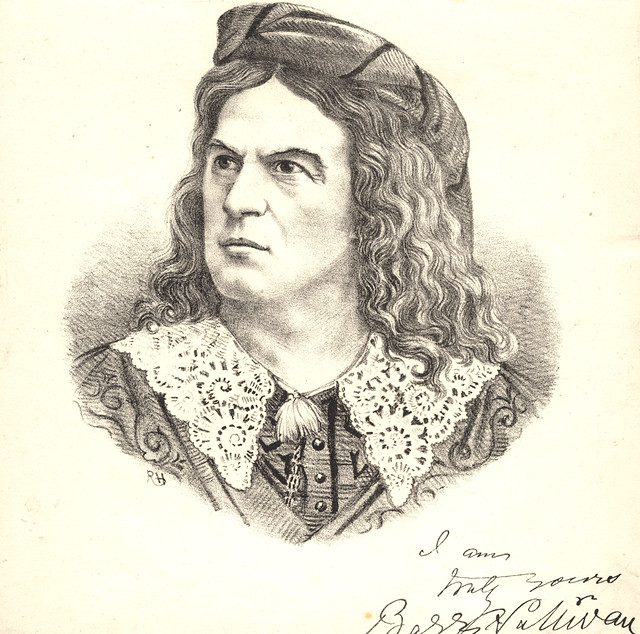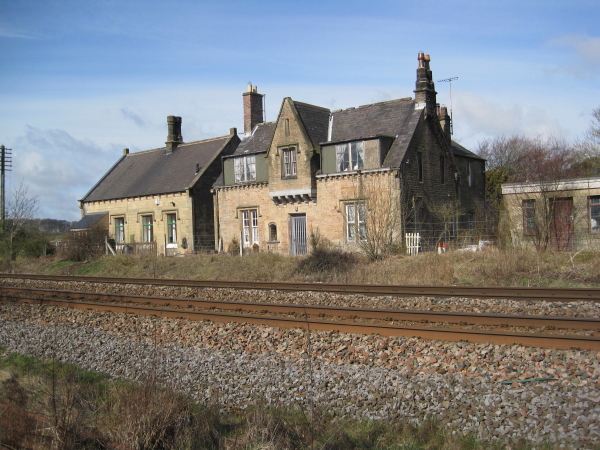Topics > People in History > Benjamin Green (1813-1858)
Benjamin Green (1813-1858)
John and Benjamin Green were a father and son who worked in partnership as architects in North East England during the early nineteenth century. John, the father was a civil engineer as well as an architect. Although they did carry out some commissions separately, they were given joint credit for many of their projects, and it is difficult to attribute much of their work to a single individual. In general, John Green worked on civil engineering projects, such as road and rail bridges, whereas Benjamin worked on projects that were more purely architectural.
Drawings by John and Benjamin Green are held by the Laing Art Gallery in Newcastle upon Tyne.
Biographies
John Green
John Green was born on 29 June 1787 at Newton Fell House, Nafferton, two miles north of Ovington, Northumberland. He was the son of Benjamin Green, a carpenter and maker of agricultural implements. After finishing school, he worked in his father’s business. The firm moved to the market town of Corbridge and began general building work with young John concentrating on architectural work. About 1820, John set up business as an architect and civil engineer in nearby Newcastle upon Tyne.
John Green married Jane Stobart in 1805, and they had two sons, John (c.1807–68) and Benjamin (c1811-58), both of whom became architects. Little is known about the career of John, but Benjamin worked in partnership with his father on many projects.
In 1822 John Green designed a new building for the Newcastle Literary and Philosophical Society. The building, which houses the society’s substantial library, is still in use today. He also designed a number of farmhouses, being employed on the Beaufront estate near Hexham and also on the Duke of Northumberland’s estates. John Green was principally a civil engineer, and built several road and rail bridges. In 1829–31 he built two wrought-iron suspension bridges crossing the Tyne (at Scotswood) and the Tees (at Whorlton). The bridge at Scotswood was demolished in 1967 but the one at Whorlton still survives. When the High Level Bridge at Newcastle was proposed ten years later, John Green submitted plans, but those of Robert Stephenson were accepted by the York, Newcastle and Berwick Railway. Green also built two masonry bridges for the Newcastle and North Shields Railway, at the Ouseburn and at Willington Quay. He also built a number of bridges using an innovative system of laminated timber arches. In 1840 he was elected to the Institution of Civil Engineers, and in 1841 he was awarded the institution’s Telford Medal for his work on laminated arch design.
John Green died in Newcastle on 30 September 1852.
Benjamin Green
Theatre Royal, Newcastle upon Tyne.jpg|thumb|right|Theatre Royal on Grey Street, Newcastle
Grey's Momument and Momument station - Newcastle upon Tyne - England - 130804.jpg|thumb|left|upright|Grey's Monument in the centre of Newcastle
Benjamin Green was a pupil of Augustus Charles Pugin, father of the more famous Augustus Welby Northmore Pugin. In the mid-1830s he became a partner of his father and remained so until the latter’s death in 1852. The two partners differed somewhat. John has been described as a 'plain, practical, shrewd man of business' with a 'plain, severe and economical' style, whereas Benjamin was 'an artistic, dashing sort of fellow', with a style that was 'ornamental, florid and costly'.
The Greens worked as railway architects and it is believed that the mail line stations between Newcastle and Berwick upon Tweed were designed by Benjamin. They also designed a number of Northumbrian churches, the best examples being at Earsdon and Cambo.
The Green’s most important commissions in Newcastle were the Theatre Royal (1836–37) and the column for Grey's Monument (1837–38). Both of these structures were part of the re-development of Newcastle city centre in neo-classical style by Richard Grainger, and both exist today. Although both of the partners were credited with their design, it is believed that Benjamin was the person responsible.
Another well-known structure designed by the Greens is Penshaw Monument (1844). This is a folly standing on Penshaw Hill in County Durham. It was built as a half-sized replica of the renowned Temple of Hephaestus in Athens, and was dedicated to John George Lambton, first Earl of Durham and the first Governor of the Province of Canada. The monument, being built on a hill is visible for miles around and is a famous local landmark. It is now owned by the National Trust.
Benjamin Green survived his father by only six years, and died in a mental home at Dinsdale Park, County Durham on 14 November 1858.
List of Major Works
Presbyterian Chapel, Newcastle upon Tyne, 1822 (demolished 2011)
Literary and Philosophical Society, Newcastle upon Tyne, 1822-1825
Westgate Hill Cemetery, Newcastle upon Tyne, 1825-1829, (lodge demolished 1970, railings and gates removed, piers and basic layout remains)
Whorlton Suspension Bridge, Wycliffe, County Durham, 1829-1831
Hawks Cottages, Gateshead, 1830 (demolished 1960)
Scotswood Chain Bridge, Newcastle upon Tyne, 1831, (demolished 1967)
Church of St Mary and St Thomas Aquinas, Blaydon, 1831-1832
Bellingham Bridge, Bellingham, 1834
Vicarage of St Alban, Earsdon, 1836
Church of St Alban, Earsdon, 1836-1837
Church of the Holy Saviour, Newburn, 1836-1837
Poor Law Guardians Hall, North Shields, 1837
Master Mariners Homes, Tynemouth, 1837-1840
Theatre Royal, Newcastle upon Tyne, 1837
Parish Hall of the Church of the Holy Saviour, Newburn, 1838
Column of Grey's Monument, Newcastle upon Tyne, 1838
Willington Viaduct, Wallsend, 1837-1839
Ouseburn Viaduct, Newcastle upon Tyne, 1837-1839
Church of the Holy Saviour, Tynemouth, 1839-1841
The Red Cottage, Whitburn, 1842
The Earl of Durham's Monument, Sunderland, 1844
40-44 Moseley Street, Newcastle upon Tyne, 1845
Witham Testimonial Hall, Barnard Castle, 1846
Acklington Station, Acklington, 1847
Chathill Station, Chathill, 1847
Belford Station, Belford, Northumberland, 1847
Morpeth Station, Morpeth, Northumberland, 1847
Warkworth Station, Warkworth, Northumberland, 1847
All Saints Cemetery, Jesmond, 1854
11 New Quay, North Shields, 1856
Visit the page: John and Benjamin Green for references and further details. You can contribute to this article on Wikipedia.

from http://www.gracesguide.co.uk/…
Benjamin Green
- "Benjamin Green (1813-1858)
1813 January 9th. Born the son of John Green and his wife Jane Stobart
1851 Living at Adelaide Terrace, Newcastle-upon-Tyne: Benjamin Green (age 38 born Corbridge, Nth.), …
Added by
Simon Cotterill
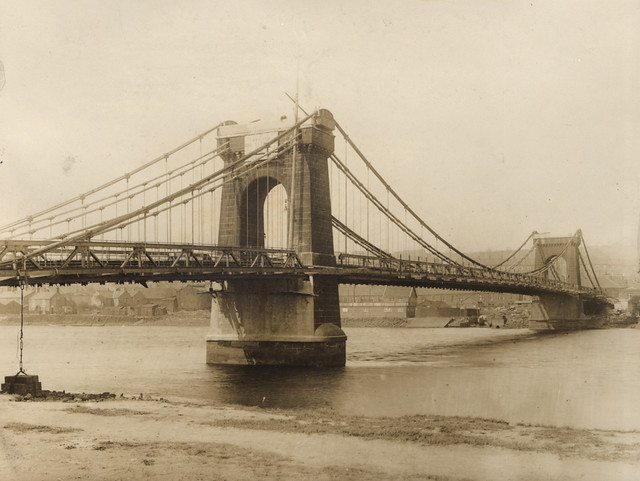
Co-Curate Page
John Green (1787 - 1852)
- Overview About John and Benjamin Green John Green (1787 - 1852) was a civil engineer and architect based in Newcastle. He worked in partnership with his son Benjamin Green. Some …
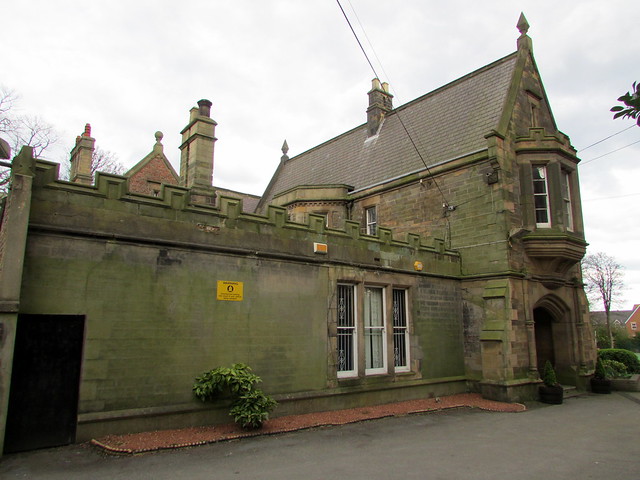
Co-Curate Page
Charlton House, Sunderland
- Overview Map Street View Charlton House, No. 2 Mowbray Road, Sunderland (formerly known as Nicholson House) was built in 1850 by John and Benjamin Green. The mansion was built for …
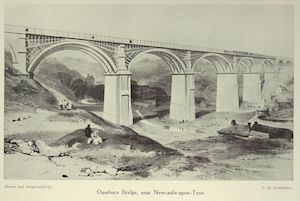
Co-Curate Page
Ouseburn Viaduct
- Overview Map Street View Ouseburn Viaduct is a railway bridge over the valley of the Ouseburn (river). It was built between 1837-1839 by John and Benjamin Green for the Newcastle …
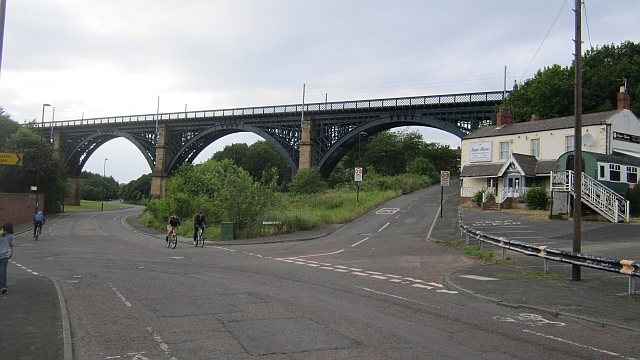
Co-Curate Page
Willington Dene Viaduct
- Overview Map Street View Willington Dene Viaduct is a railway bridge over the valley of Wallsend Burn near Willington and Wallsend. It was built between 1837-1839 by John and Benjamin Green …
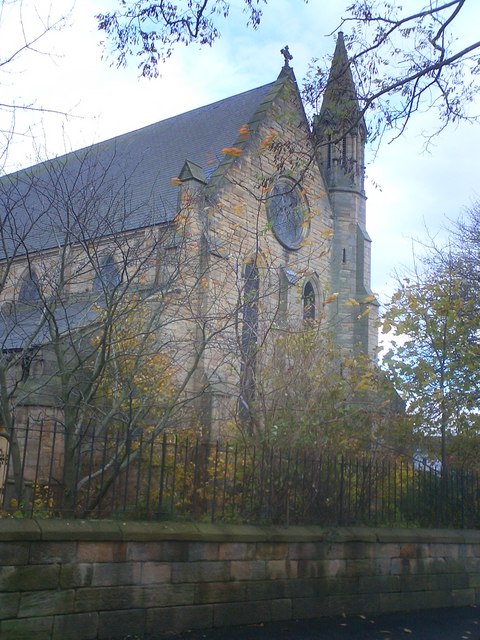
Co-Curate Page
Church of St Paul
- Overview Map Street View Now the Life Transformation Church, the former Church of St Paul is located on Havelock Place in Elswick. It was originally built as a parish church, consecrated in 1859, …

Co-Curate Page
Church of St Mary, Westmorland Road
- St. Mary the Virgin Church was located on Westmorland Road, near the junction with Rye Hill in Elswick. The church was designed by Benjamin Green, 1858.[1] The church is no longer …
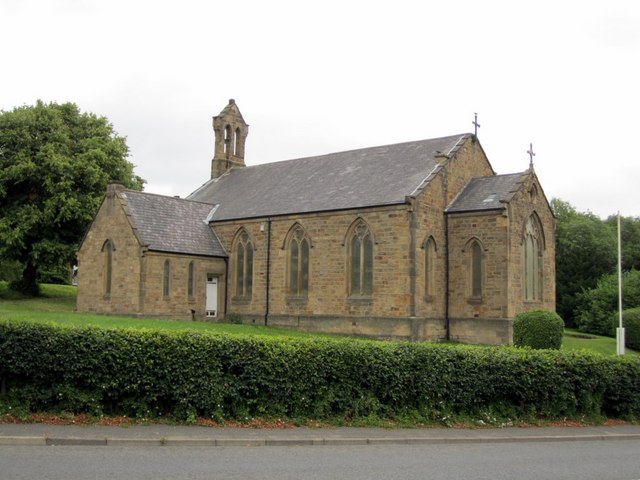
Co-Curate Page
Holy Saviour Church, Sugley
- Overview Map Street View Holy Saviour Church in Lemington was built in 1837 as Sugley Parish Church, and is located by Sugley Dene. The church was designed by Benjamin Green. …

Co-Curate Page
Church of the Holy Trinity, Seghill
- Overview Map Street View Holy Trinity Church is located off Mares Close, to the west of Seghill, and near Seaton Delaval. The church was built in 1849, designed by John …
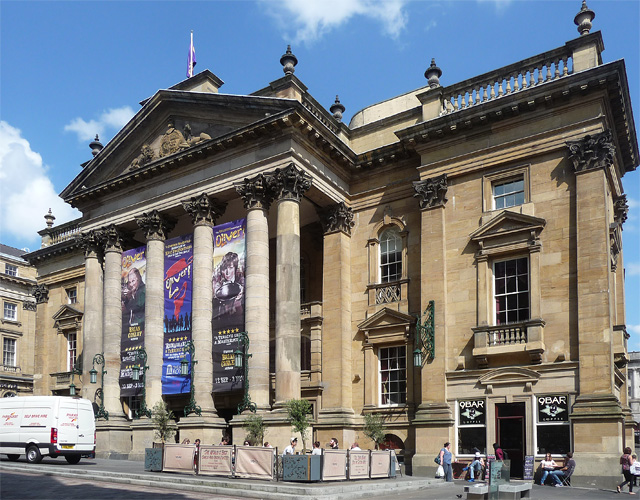
Co-Curate Page
Theatre Royal
- Overview About the Theatre Royal Map Street View The Theatre Royal, originally on Drury Lane off Mosley Street, opened in 1788 and was granted its Royal licence by King George …
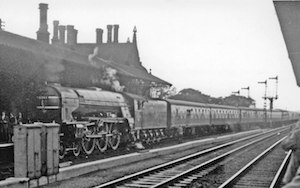
Co-Curate Page
Tweedmouth Station
- Overview About Tweedmouth Station Tweedmouth Station was built for the Newcastle and Berwick Railway and opened on the 29th March 1847. The grand station buildings were designed by Benjamin Green. …
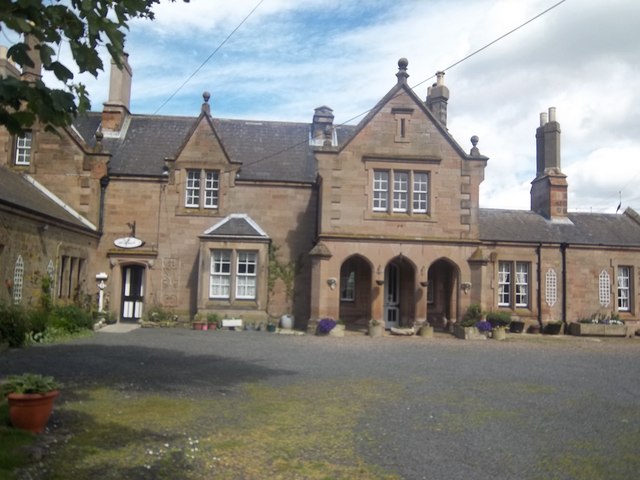
Co-Curate Page
Belford Station (1847 - 1968)
- Overview Map Street View Belford Station closed on the 29th of January 1968. The former station is located just over half a mile east of Belford. It was built in …

Co-Curate Page
Acklington Station
- Overview About Acklington Station Map Street View The railway station in Acklington is on the East Coast Main Line, situated between the stations at Widdrington and Alnmouth. The station, located …
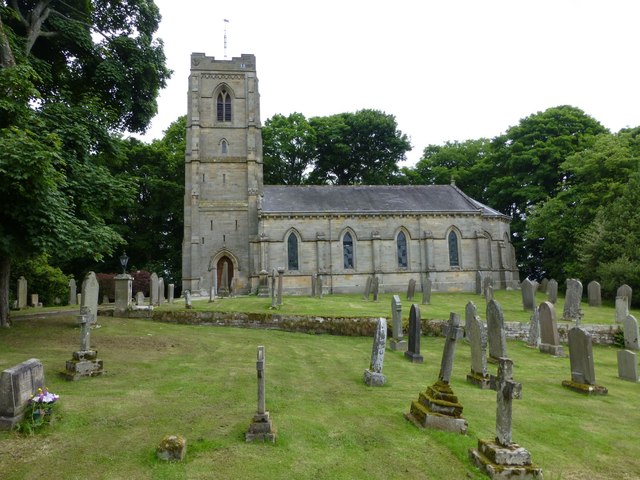
Co-Curate Page
Holy Trinity Church, Cambo
- Overview Map Street View The Parish Church at Cambo in Northumberland was built in 1842 by John &.Benjamin Green, near the site of an earlier medieval chapel which had been …
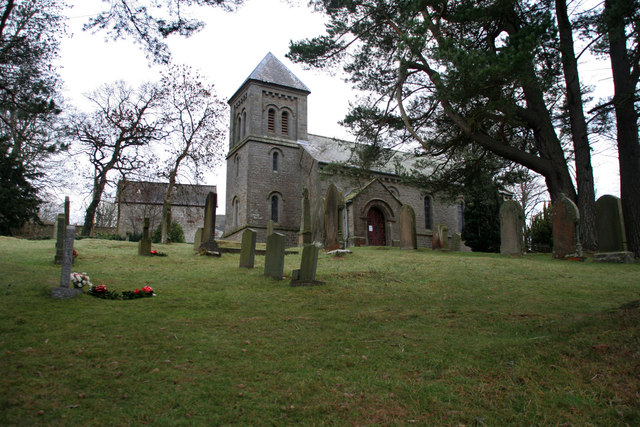
Co-Curate Page
Church of the Holy Trinity, Horsley
- Overview Map Street View Holy Trinity Church in Horsley, is located off the A68 road, just over ½ mile south-east of the village of Rochester in Northumberland. The church was …
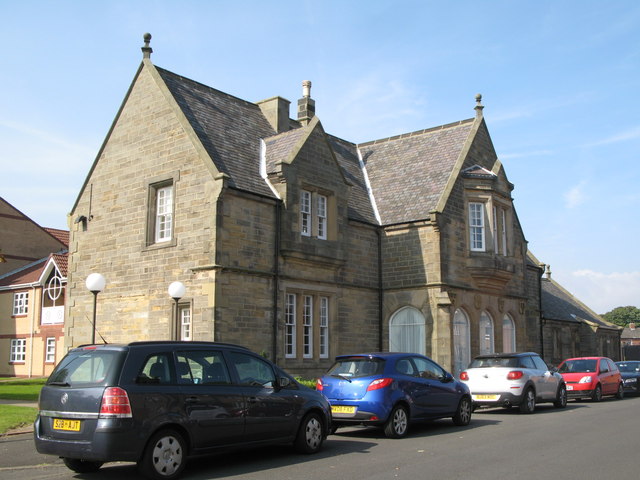
Co-Curate Page
Old Tynemouth Station
- Overview Map Street View The first railway station in Tynemouth was opened on the 20th of March 1847 by the Newcastle and Berwick Railway. The station buildings were designed by …
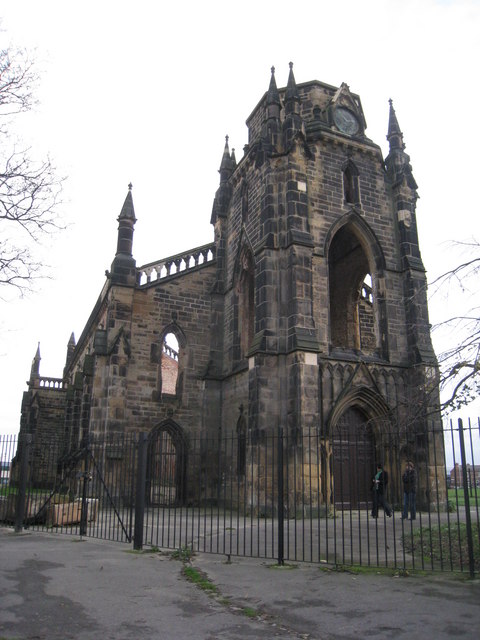
Co-Curate Page
Church of the Holy Trinity, Stockton-on-Tees
- Overview Map Street View The ruins of Holy Trinity Church stand in Trinity Green, a public park close to Stockton-on-Tees town centre. The church was built in 1837-1838 by John and Benjamin …
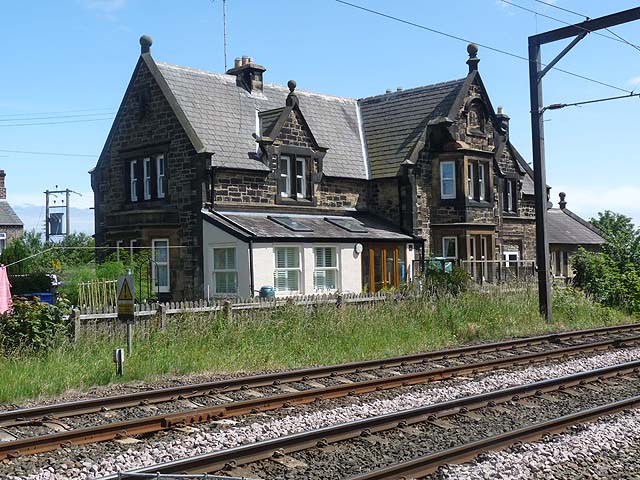
Co-Curate Page
Stannington Railway Station (1847 - 1964)
- Overview Map Street View The railway station, located part way between the villages of Stannington and Netherton, was opened on the 1st of March 1847 by the Newcastle & Berwick …
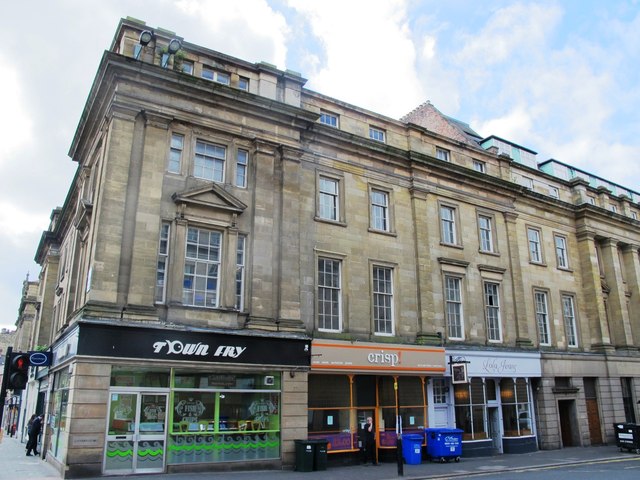
Co-Curate Page
1-3 Market Street, Newcastle
- Overview Map Street View Nos. 1 and 3 Market Street, Newcastle, were built as shops and houses in c.1837, by Benjamin Green for Richard Grainger. Now restaurants and offices, 1 …


from http://www.gracesguide.co.uk/…
Benjamin Green
- "Benjamin Green (1813-1858)
1813 January 9th. Born the son of John Green and his wife Jane Stobart
1851 Living at Adelaide Terrace, Newcastle-upon-Tyne: Benjamin Green (age 38 born Corbridge, Nth.), …
Added by
Simon Cotterill

Co-Curate Page
John Green (1787 - 1852)
- Overview About John and Benjamin Green John Green (1787 - 1852) was a civil engineer and architect based in Newcastle. He worked in partnership with his son Benjamin Green. Some …

Co-Curate Page
Charlton House, Sunderland
- Overview Map Street View Charlton House, No. 2 Mowbray Road, Sunderland (formerly known as Nicholson House) was built in 1850 by John and Benjamin Green. The mansion was built for …

Co-Curate Page
Ouseburn Viaduct
- Overview Map Street View Ouseburn Viaduct is a railway bridge over the valley of the Ouseburn (river). It was built between 1837-1839 by John and Benjamin Green for the Newcastle …

Co-Curate Page
Willington Dene Viaduct
- Overview Map Street View Willington Dene Viaduct is a railway bridge over the valley of Wallsend Burn near Willington and Wallsend. It was built between 1837-1839 by John and Benjamin Green …

Co-Curate Page
Church of St Paul
- Overview Map Street View Now the Life Transformation Church, the former Church of St Paul is located on Havelock Place in Elswick. It was originally built as a parish church, consecrated in 1859, …

Co-Curate Page
Church of St Mary, Westmorland Road
- St. Mary the Virgin Church was located on Westmorland Road, near the junction with Rye Hill in Elswick. The church was designed by Benjamin Green, 1858.[1] The church is no longer …

Co-Curate Page
Holy Saviour Church, Sugley
- Overview Map Street View Holy Saviour Church in Lemington was built in 1837 as Sugley Parish Church, and is located by Sugley Dene. The church was designed by Benjamin Green. …

Co-Curate Page
Church of the Holy Trinity, Seghill
- Overview Map Street View Holy Trinity Church is located off Mares Close, to the west of Seghill, and near Seaton Delaval. The church was built in 1849, designed by John …

Co-Curate Page
Theatre Royal
- Overview About the Theatre Royal Map Street View The Theatre Royal, originally on Drury Lane off Mosley Street, opened in 1788 and was granted its Royal licence by King George …

Co-Curate Page
Tweedmouth Station
- Overview About Tweedmouth Station Tweedmouth Station was built for the Newcastle and Berwick Railway and opened on the 29th March 1847. The grand station buildings were designed by Benjamin Green. …

Co-Curate Page
Belford Station (1847 - 1968)
- Overview Map Street View Belford Station closed on the 29th of January 1968. The former station is located just over half a mile east of Belford. It was built in …

Co-Curate Page
Acklington Station
- Overview About Acklington Station Map Street View The railway station in Acklington is on the East Coast Main Line, situated between the stations at Widdrington and Alnmouth. The station, located …

Co-Curate Page
Holy Trinity Church, Cambo
- Overview Map Street View The Parish Church at Cambo in Northumberland was built in 1842 by John &.Benjamin Green, near the site of an earlier medieval chapel which had been …

Co-Curate Page
Church of the Holy Trinity, Horsley
- Overview Map Street View Holy Trinity Church in Horsley, is located off the A68 road, just over ½ mile south-east of the village of Rochester in Northumberland. The church was …

Co-Curate Page
Old Tynemouth Station
- Overview Map Street View The first railway station in Tynemouth was opened on the 20th of March 1847 by the Newcastle and Berwick Railway. The station buildings were designed by …

Co-Curate Page
Church of the Holy Trinity, Stockton-on-Tees
- Overview Map Street View The ruins of Holy Trinity Church stand in Trinity Green, a public park close to Stockton-on-Tees town centre. The church was built in 1837-1838 by John and Benjamin …

Co-Curate Page
Stannington Railway Station (1847 - 1964)
- Overview Map Street View The railway station, located part way between the villages of Stannington and Netherton, was opened on the 1st of March 1847 by the Newcastle & Berwick …

Co-Curate Page
1-3 Market Street, Newcastle
- Overview Map Street View Nos. 1 and 3 Market Street, Newcastle, were built as shops and houses in c.1837, by Benjamin Green for Richard Grainger. Now restaurants and offices, 1 …
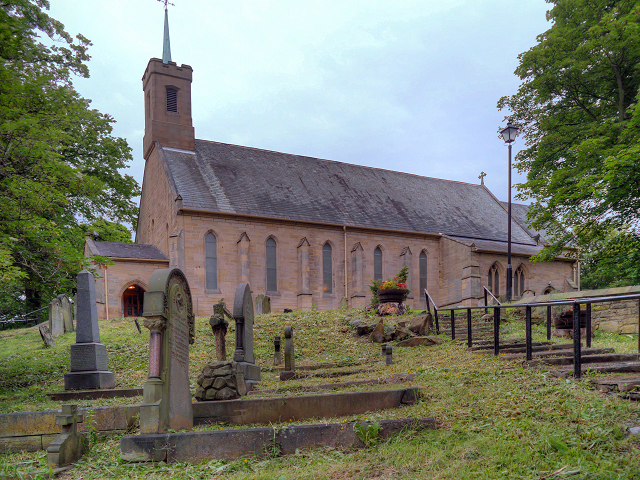
Church of Holy Trinity, Washington
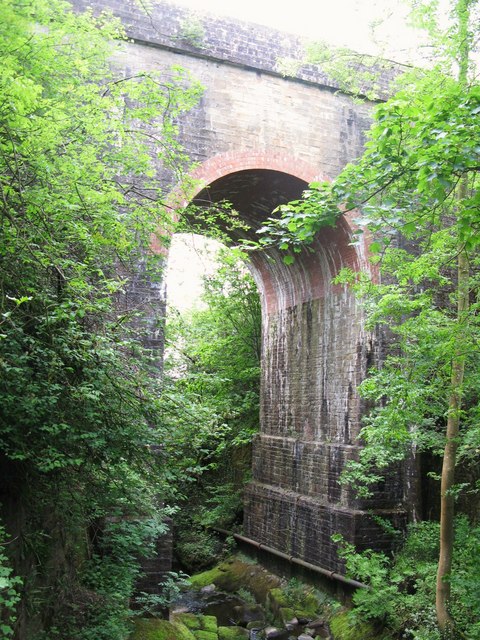
Railway Viaduct over Poltross Burn

Church of St Mary, Westmorland Road, Elswick

Holy Saviour Church, Sugley, Lemington

Church of the Holy Trinity, Stockton-on-Tees

Architects and Surveyors, Newcastle, 1855
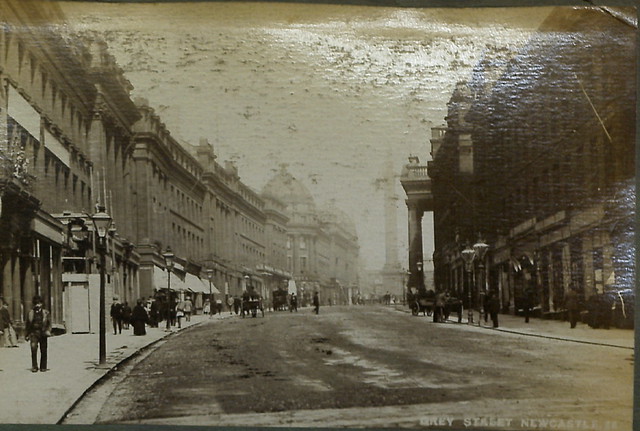
Redevelopment of Newcastle 1824 to 1841

Church of the Holy Trinity, Horsley
